A New Exhibit Gives Charles White’s Art and Activism the Attention They Deserve
A century after his birth, an overlooked figure in the Black Renaissance is on the rise again
Born in Chicago in 1918, the artist Charles White always received inspiration from the struggles and triumphs of black people—major historical figures like Frederick Douglass as well as ordinary people like his own mother, who worked as a maid her whole life. It was White’s mother who bought him his first box of paints, when he was 7 years old. He would go on to earn a scholarship to the Art Institute of Chicago, where a major retrospective of his work opens this month. Among the pieces on display is the 1977 lithograph Love Letter III, which pairs a Madonna-like figure with a motif White often used to represent feminine life-giving and creativity: a conch shell. The work is a tribute to black women and their claim on the universal values—“love, hope, courage, freedom, dignity”—that White saw running through all his art. His favorite subjects were women, he said shortly before his death in 1979: “The positive forces flow most frequently from the female fountain.”
Charles White: A Retrospective
A revelatory reassessment of one of the most influential American artists of the 20th century.
A Note to our Readers
Smithsonian magazine participates in affiliate link advertising programs. If you purchase an item through these links, we receive a commission.
/https://tf-cmsv2-smithsonianmag-media.s3.amazonaws.com/accounts/headshot/amy.png)
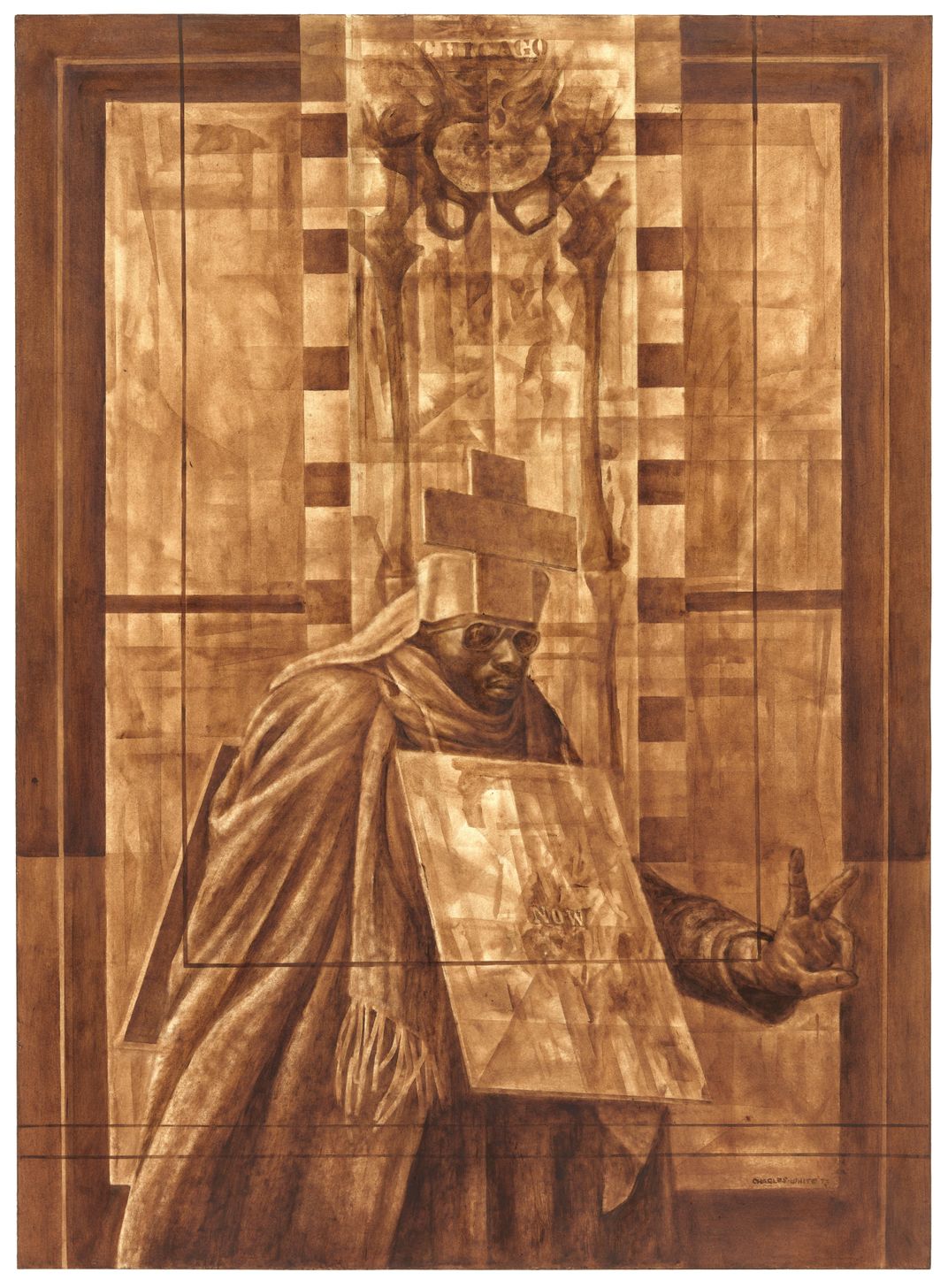

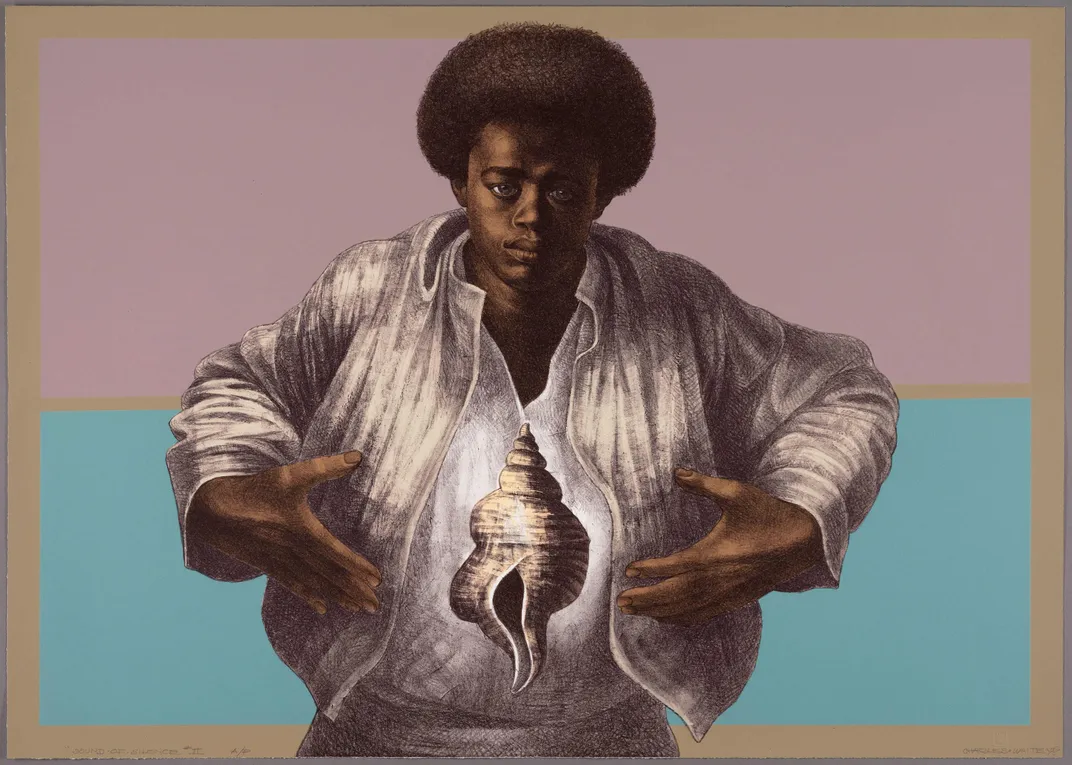
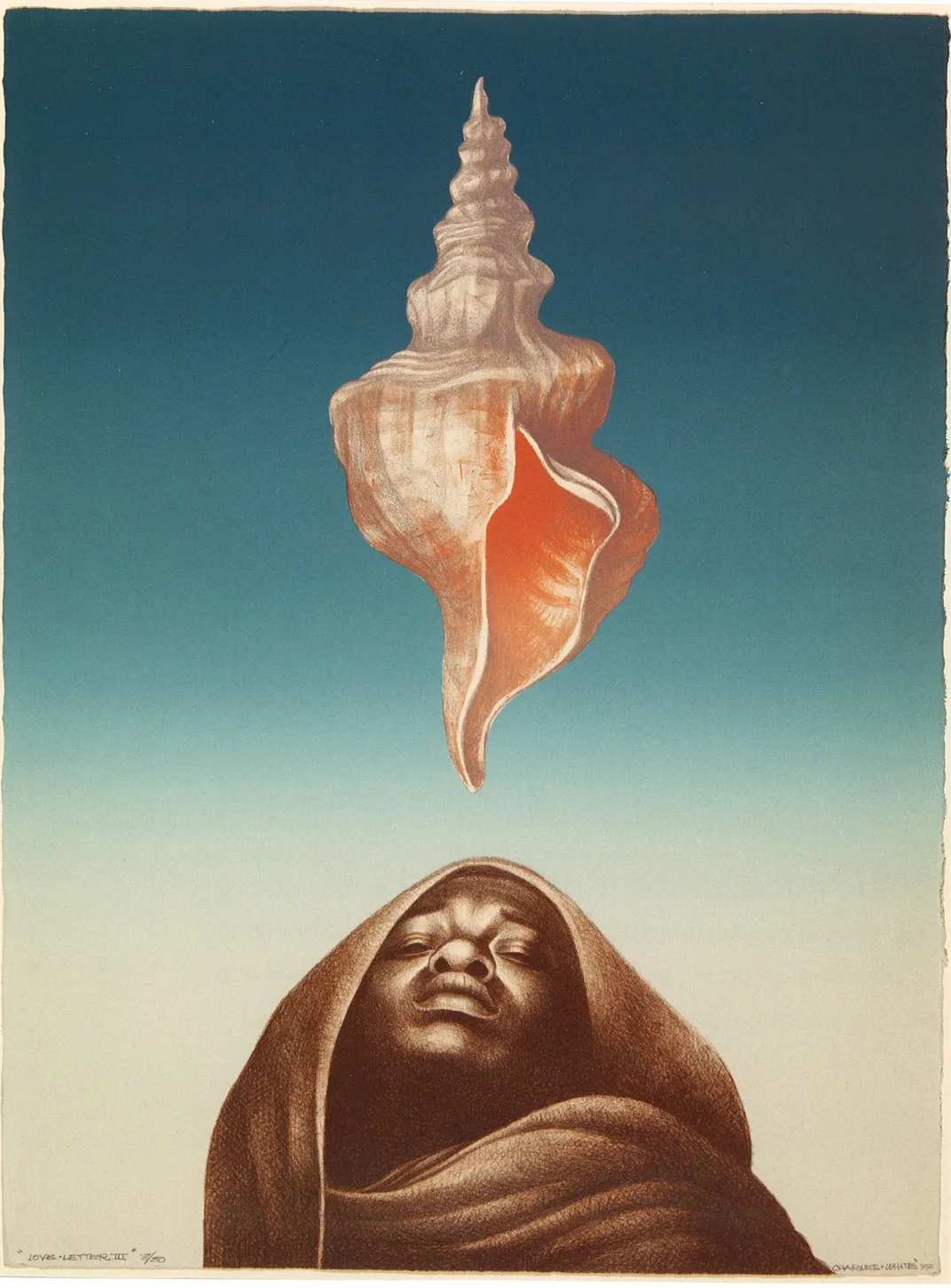
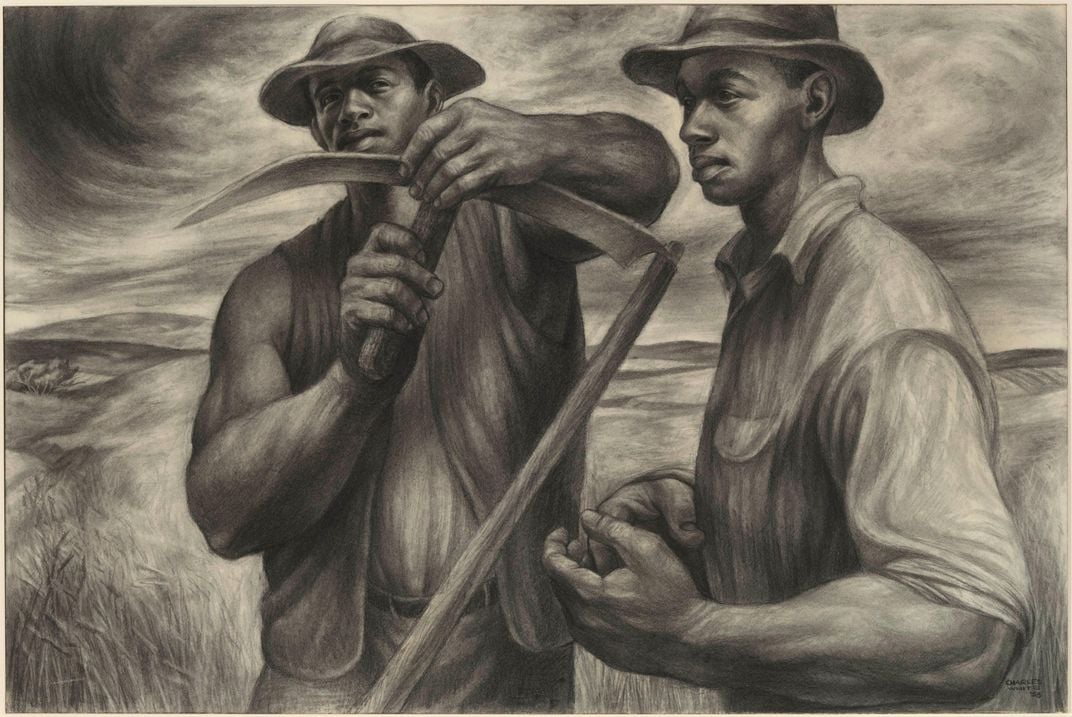

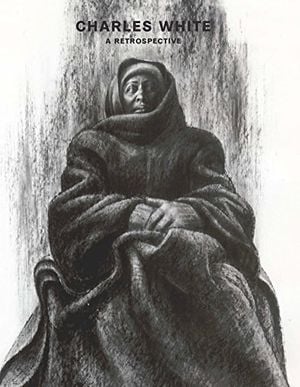
/https://tf-cmsv2-smithsonianmag-media.s3.amazonaws.com/accounts/headshot/amy.png)